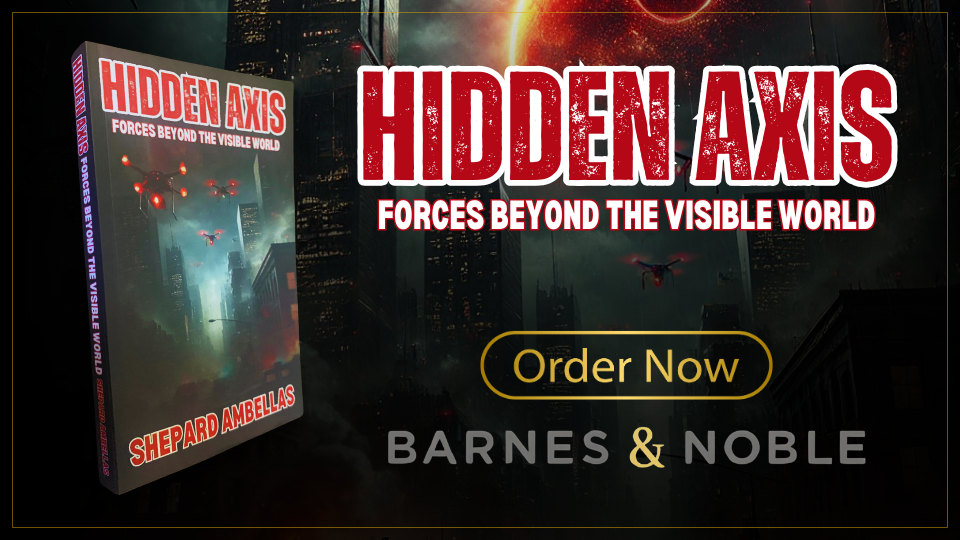(SQAUK) — The tragic events of October 1, 2017, at the Route 91 Harvest Music Festival in Las Vegas, Nevada, had a profound impact on the American people. Stephen Paddock, the sole gunman, shot into a gathering of concertgoers from his 32nd-floor suite at the Mandalay Bay Hotel. This resulted in the deaths of 58 people and injuries to hundreds more. Initially, law enforcement stated that there was only one shooter located within the hotel. However, subsequent analysis of 9-1-1 calls from that night has raised other possibilities, including the presence of an airborne shooter in a helicopter. This article examines these eyewitness accounts, analyzes the 9-1-1 calls, and explores the claims made by Intellihub News to determine their accuracy and implications.
The official narrative
According to the official report by the Las Vegas Metropolitan Police Department (LVMPD) and the Federal Bureau of Investigation (FBI), Stephen Paddock acted alone. The gunman meticulously planned the massacre, amassing an arsenal of weapons in his hotel suite. The report detailed how Paddock broke the windows of his suite and fired upon the festival crowd below. Ballistic evidence, witness testimonies, and forensic analyses supported this narrative, leading to the conclusion that the attack was executed solely from Paddock’s hotel room.
The eyewitness accounts and 9-1-1 calls
Despite the comprehensive investigation, numerous eyewitness accounts from the night of the massacre suggest a different scenario. Several 9-1-1 calls made during the attack reported the presence of multiple shooters and, notably, an airborne assailant in a helicopter. These calls, now publicly accessible, paint a chaotic picture of the event, marked by confusion and terror.
- Multiple shooter claims:
- Many 9-1-1 callers described gunfire coming from different directions, suggesting more than one shooter. Callers from various locations around the festival grounds reported hearing shots from both elevated positions and ground level.
- Helicopter reports:
- Some callers specifically mentioned seeing or hearing a helicopter during the attack. One caller stated, “I see a helicopter, and it looks like shots are coming from it!” Another reported, “There’s a helicopter hovering, and I swear I can see flashes of light coming from it.” These reports fueled speculation about an airborne shooter, diverging significantly from the official account.
Intellihub News report
Intellihub News, an independent media outlet, was among the first to highlight these alternative narratives. The outlet published articles and analyses emphasizing the possibility of an airborne shooter. Intellihub’s investigation pointed to video footage and eyewitness testimonies that purportedly showed suspicious helicopter activity in the vicinity of Mandalay Bay during the shooting.
- Video evidence:
- Intellihub presented video clips purportedly showing helicopters near the festival grounds, suggesting these aircraft could have been involved in the attack. However, the quality and context of these videos have been subject to scrutiny, with skeptics arguing that the footage does not conclusively prove the presence of an airborne shooter.
- Witness interviews:
- The outlet also interviewed witnesses who reiterated their belief in the helicopter theory. These interviews provided a platform for voices that felt marginalized by the mainstream narrative, fostering a community of skepticism and alternative inquiry.
Analyzing the helicopter theory
To assess the credibility of the helicopter theory, it is essential to examine the evidence presented and weigh it against the facts of the case.
- Sound and light anomalies:
- Acoustic experts have analyzed the gunfire sounds from various recordings, with some suggesting that the echoes and reverberations could create the illusion of shots coming from multiple directions. However, these analyses are complex and often inconclusive without precise spatial data.
- Helicopter activity:
- Las Vegas is a bustling city with significant air traffic, including police, news, and tour helicopters. Identifying specific aircraft and their activities during the chaotic moments of the shooting is challenging. The FAA and LVMPD have records of authorized flights, but these documents are not always definitive in high-stress scenarios.
- Eyewitness reliability:
- Eyewitness testimonies are notoriously unreliable, especially in traumatic situations. The stress and confusion of the massacre likely impaired the accuracy of immediate perceptions. While some witnesses were adamant about the helicopter theory, others provided conflicting accounts, further complicating the narrative.
Conclusion
The 9-1-1 calls from the night of the Route 91 Harvest Music Festival massacre reveal a spectrum of experiences and perceptions from those on the ground. While the official investigation concluded that Stephen Paddock acted alone from a fixed position, the persistent claims of an airborne shooter reflect the chaos and uncertainty that permeated the event. The Intellihub News reports and subsequent discussions highlight the importance of scrutinizing all aspects of such a significant tragedy.
In the aftermath of the shooting, these alternative theories underscore the need for transparency and thoroughness in investigations. While the helicopter theory remains speculative and unsupported by definitive evidence, it is a testament to the complexities and human facets of understanding mass trauma. The 9-1-1 calls are a vital historical record, offering insights into the immediate, visceral experiences of those who lived through one of the deadliest mass shootings in modern American history.
(Ad) Get the new book Hidden Axis: Forces Beyond the Visible World – Uncover the secrets they don’t want you to know. Dive into the truth about cosmic forces, government conspiracies, and humanity’s future.
Related video:


